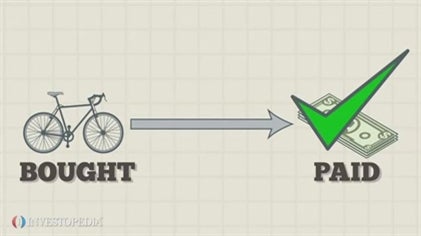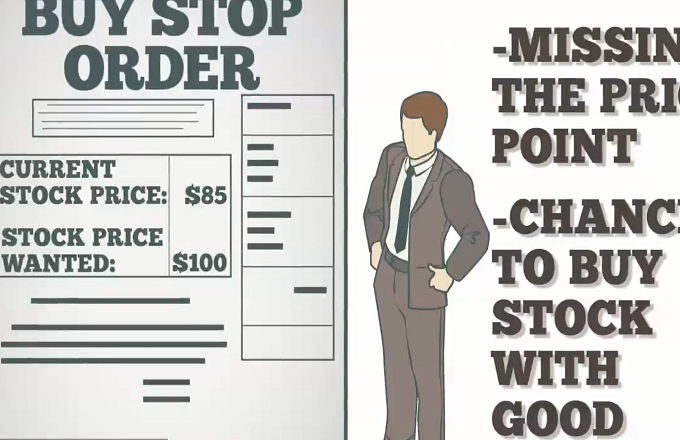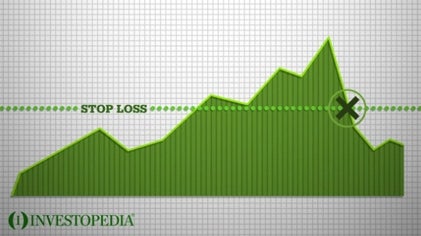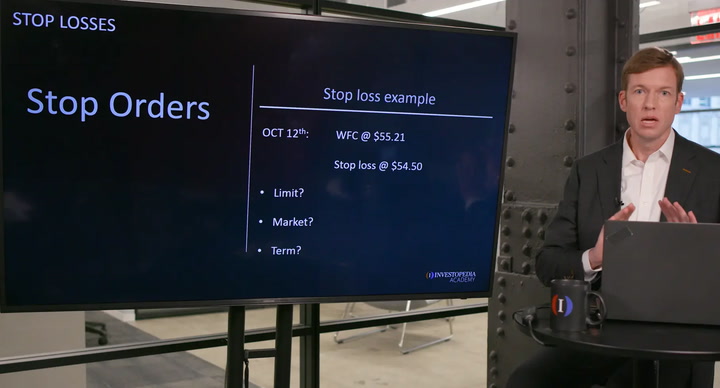A trailing stop is an order to buy or sell a security if it moves in an unfavorable direction. Trailing stops automatically adjust to the current market price of a stock, providing the investor with greater flexibility to profit, or limit a loss. The stop level can be expressed as either a fixed dollar amount, or as a percentage of the stock’s current price. Trailing stops can also be used for short positions by establishing a trigger price above the current market price.Lisa buys 100 shares of Joe's Ice Cream at $30 a share. For protection, Lisa decides to place a 10% trailing stop, which means the broker will try to execute a sale of Joe's Ice Cream shares if they fall 10% below their peak price after purchase. Because Joe's Ice Cream is currently $30 per share, the trailing stop would be triggered if it fell to $27 per share. However, if the stock price reaches $60 per share, the brokerage would automatically adjust the trigger price to $54 (reflecting a 10% loss of a $60 share price). One of the tricks to using trailing stops is choosing the appropriate level. If investors choose a cushion that’s too big, they’ll face greater losses. A trailing stop that’s too tight, on the other hand, may trigger a sale before the stock has a chance to correct itself.





